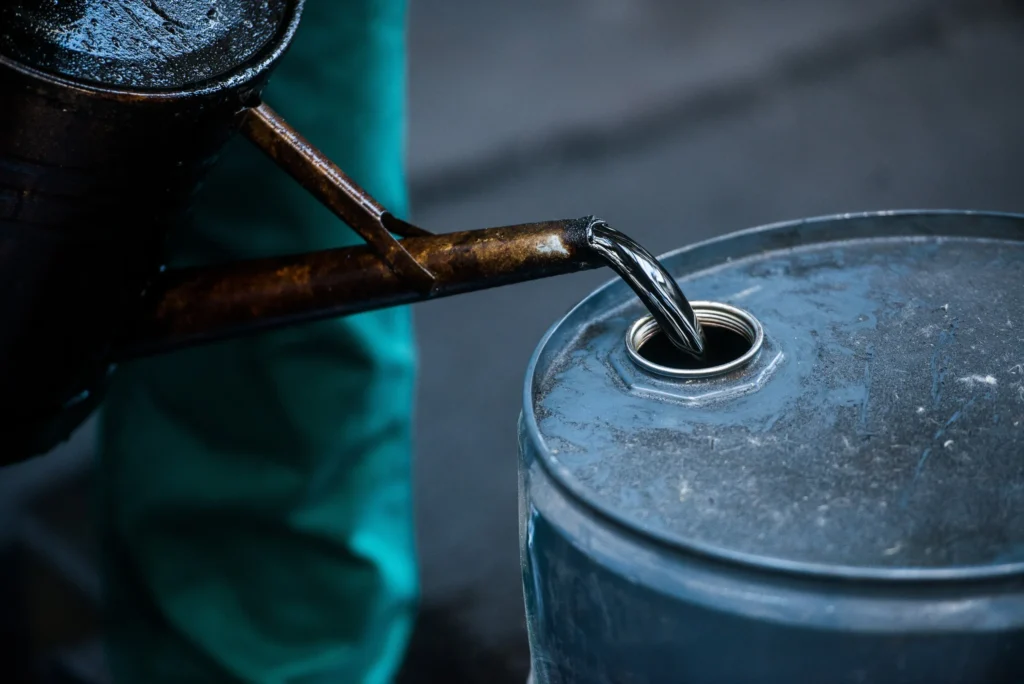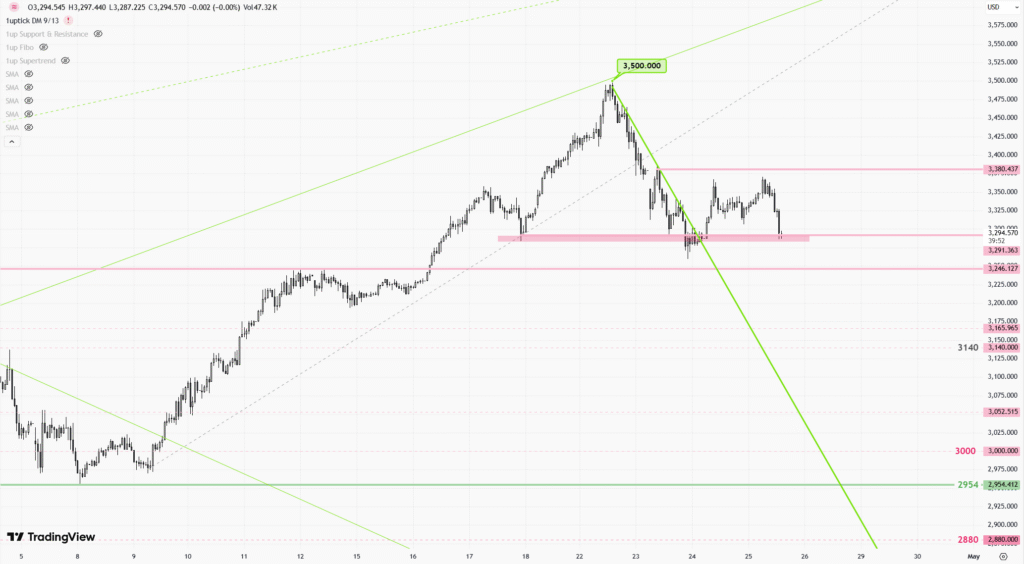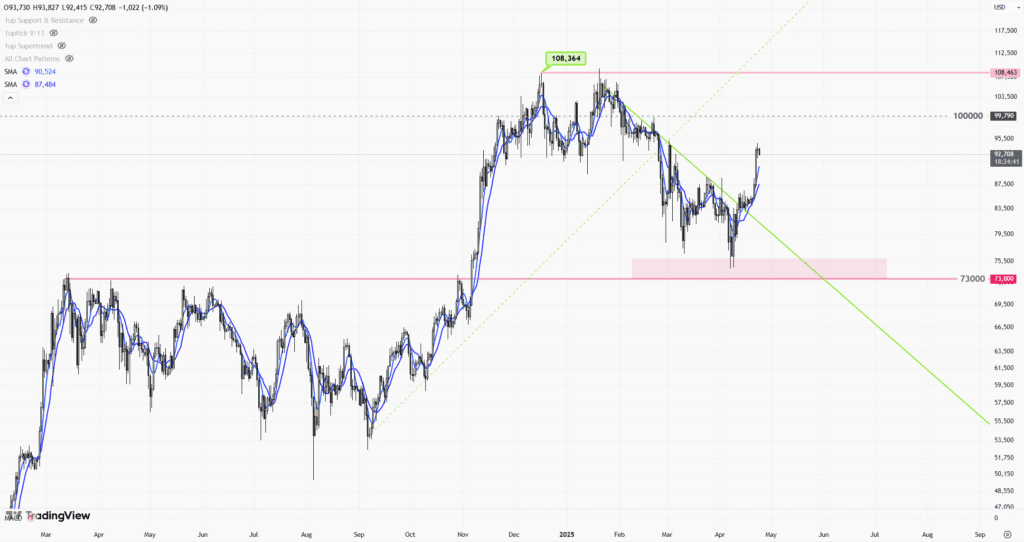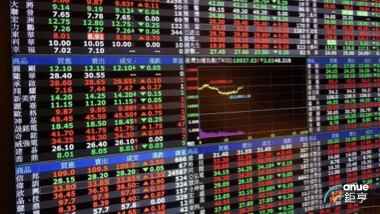 |
| Gold V.1.3.1 signal Telegram Channel (English) |

China’s Economy Shows Resilience in 2025 Amid Challenges
2025-03-19 @ 17:31
China’s Economy Demonstrates Resilience in Early 2025 Despite Ongoing Challenges
Strong Retail and Industrial Growth Signals Economic Momentum
China’s economy has started 2025 on a positive note, outperforming expectations, according to recent data from the National Bureau of Statistics (NBS). The growth momentum is driven by two key factors: strong retail sales and an uptick in industrial output.
- Retail sales of consumer goods rose by 4% year-over-year (YoY), reaching RMB 8.37 trillion (US$1.16 trillion). This impressive start to the year can be attributed to government-backed initiatives such as the “Action Plan to Boost Consumption,” which includes financial incentives for trade-ins and expanded social benefits.
- Industrial output increased by 5.9% YoY, thanks to strong public investment and stimulus measures. The government’s focus on infrastructure and manufacturing expansion has served as a crucial support for economic stability.
Mixed Signals from the Services Sector and Trade
While retail and industrial sectors are thriving, the services sector and foreign trade have shown a mixed performance.
- Services sector growth slowed slightly to 5.6% YoY, lower than the 6.3% growth observed in Q4 2024.
- The manufacturing PMI rebounded in February, returning to its Q4 2024 average. However, services PMI remained below its previous quarter level.
- Foreign trade remains uncertain: Total imports and exports fell by 1.2% YoY, amounting to RMB 6.54 trillion (US$907.27 billion). While exports grew by 3.4% to RMB 3.88 trillion (US$538.12 billion), imports saw a sharp decline of 7.3%.
The drop in imports suggests weaker domestic demand, reflecting caution among consumers and businesses, as well as persistent global trade uncertainties.
The Property Sector and Employment Woes Continue
Despite encouraging economic data, China’s real estate sector remains a major challenge.
- Real estate investment fell by nearly 10% in the first two months of 2025, signaling continued instability in the housing market.
- Unemployment reached 5.3% in January and February, the highest level in two years. This increase stems from seasonal trends around the Lunar New Year holiday, as well as ongoing difficulties in the labor market.
The sluggish property market has dampened consumer sentiment, weakening domestic demand and slowing economic recovery in key sectors.
Inflation Pressures and Consumer Confidence
China is also grappling with deflationary pressures, which could impact economic growth moving forward.
- The Consumer Price Index (CPI) declined by 0.1% YoY in the first two months of 2025. Food prices fell by 1.5% YoY, while core inflation remained low at just +0.25% YoY.
- The Producer Price Index (PPI) dropped by 2.3% YoY, reflecting weak pricing power in manufacturing.
- Consumer confidence remains fragile due to real estate market instability and labor market concerns. However, policy initiatives such as the government-subsidized consumer goods trade-in program have helped accelerate retail sales.
Government Measures and Economic Outlook
Although China’s economic resilience remains evident, challenges persist. The government has set a GDP growth target of 5% for 2025 and is implementing several policy measures to support economic recovery.
- Boosting household income: New policies aim to stimulate household consumption to counter sluggish demand.
- Incentivizing foreign investment: Beijing is easing restrictions in key sectors like telecommunications and biotechnology to attract overseas capital.
- Expanding stimulus efforts: Government-backed investment in infrastructure and industrial production continues to stabilize growth.
While headwinds such as the property slump and export slowdowns persist, these pro-growth measures will be essential in sustaining China’s economic expansion into 2025.









